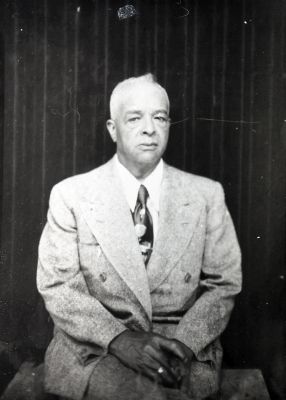Know History. Build a Better Future.
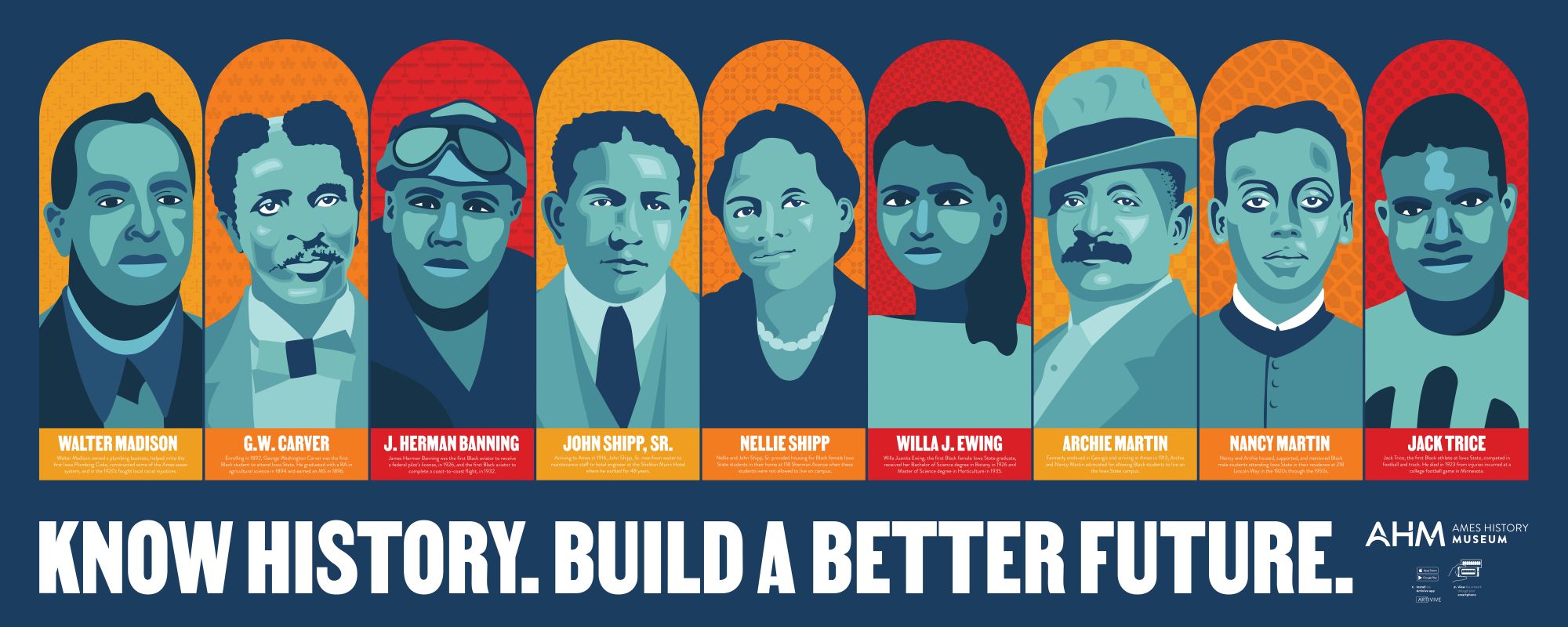
Nine individuals of color are featured on a vinyl mural on the north side of the museum building. Learn more about their significance in Ames history below.
The mural is the product of a collaboration between Ames History Museum and the Graphic Design Social Club at Iowa State University. Social Club members who worked on the project were Helen Barton, Barsha Poudel, John Marquis, Darbi Shaw, Oni Wright, and advisor Alex Braidwood. Involved from AHM were Wayne Clinton, Mary Logsdon, Ryan Riley, Sharon Wirth, Alex Fejfar, and Casie Vance. Read more about the mural project here in the Ames Tribune.
The mural includes an augmented reality feature. To use, download the Artivive app (available on Apple and Android). Open the app and view the mural through your smartphone to access the augmented reality layer.
Related Program:
"Personally Speaking - Some Things You Don't Know About Me" - special history talk by Wayne Clinton, Tuesday, April 13, 2021 via Zoom webinar. Click here to view the recording.
Related Exhibit:
Now on display at the museum! "Black Trailblazers" explores the legacies of nine Black pioneers in Ames history – Jack Trice, George Washington Carver, Walter Madison, John and Nellie Shipp, Willa Juanita Ewing, James Herman Banning, and Archie and Nancy Martin. Step inside a replica of Banning’s “Miss Ames” airplane, view crayon portraits of the Martins, and learn more about each of these remarkable individuals whose contributions reach far beyond Ames.
Walter Madison
In 1922, Walter Madison, a Black plumber in Ames, took a client to the New London Restaurant on Main Street. The proprietor refused them service because of the color of his skin. Madison sued the restaurant for damages and won the case in the Story County District Court. Madison was only awarded $100 but the win was considered very important. Madison helped write the first Iowa Plumbing Code and constructed some of the Ames sewer system. Photo courtesy of Farwell T. Brown Photographic Archive, Ames Public Library. Learn more about Madison here.
George Washington Carver
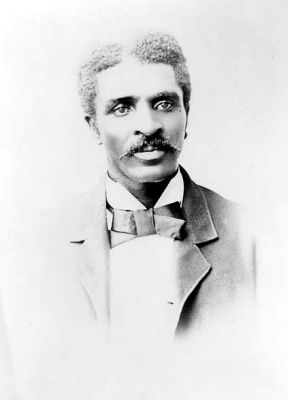
George Washington Carver was the first Black student to attend Iowa State. He graduated with a bachelor’s degree in 1894 and a master’s degree in 1896. After graduating, Carver taught at the Tuskegee Institute in Alabama, exploring ways to help Black tenant farmers out of poverty. He was especially known for his work with peanuts, sweet potatoes, and other alternative crops to cotton that could be grown in the south. Carver Hall is named in his honor. Photo from the Iowa State University Bomb Yearbook. Learn more about Carver here.
Take a virtual tour of Ames locations with a Carver connection!
James Herman Banning
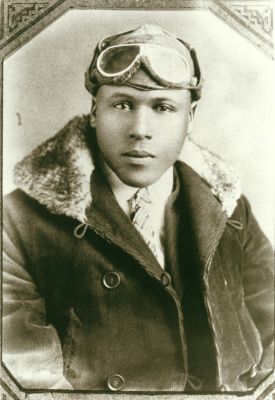
J. Herman Banning was the first Black aviator to receive a federal pilot’s license and the first Black pilot to complete a transcontinental flight across the U.S. He lived in Ames from 1919 to 1928, during which time he learned to fly from a private instructor in Des Moines. He owned an auto repair shop in Ames before moving to Los Angeles. In 1932, Banning completed a coast-to-coast flight from Los Angeles to New York City. Photo courtesy of Philip Hart, University of Massachusetts, Farwell T. Brown Photographic Archive, Ames Public Library.
John & Nellie Shipp
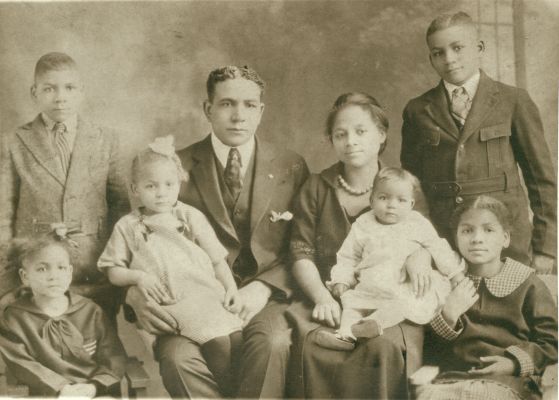
Archie and Nancy Martin’s daughter and son-in-law, Nellie and John Shipp, housed Black female students in their home at 118 Sherman Avenue. John Shipp was in charge of maintenance at the Sheldon-Munn Hotel for 48 years. Photo courtesy of Farwell T. Brown Photographic Archive, Ames Public Library.
Willa Juanita Ewing
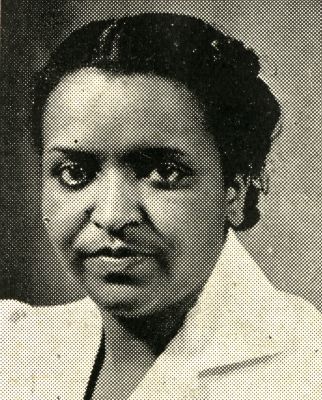
Willa J. Ewing was the first woman of color to graduate from Ames High School and Iowa State. She received her BS in Horticulture in 1926 and went on to receive an MS in Horticulture in 1935. After her time at Iowa State, Ewing moved to Montgomery, Alabama, and became head of the biology department at Alabama State Teachers College, now Alabama State University. She was a member of Delta Sigma Theta sorority at Iowa State and was pivotal in starting a chapter at Alabama State. Photo courtesy of ASU Yearbook Collection, Alabama State University Archives, Levi Watkins Learning Center.
Archie & Nancy Martin
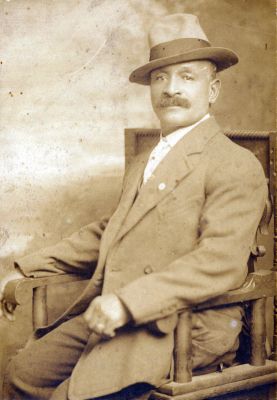
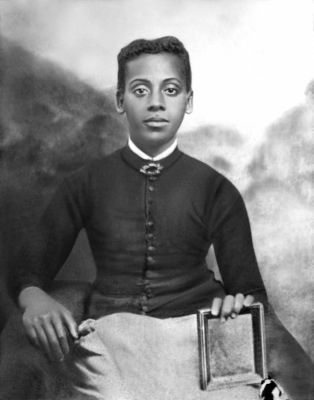
Although students of color have been allowed to attend Iowa State from the school’s beginning, an unofficial policy meant Black students were not allowed to live on campus. Housing was difficult to find for these students. Archie and Nancy Martin, formerly enslaved in Georgia, moved to Ames and built a house in 1919 at 218 Lincoln Way. They housed Black male students in their home through the 1940s. Archie and Nancy supported and mentored the students living in their home, and they advocated for an end to the unofficial residence policy disallowing Black students from living on campus. Martin Hall is named in their honor. Learn more about the Martin family.
Jack Trice
![Trice_1923[1]_s.jpg](/sites/default/files/Trice_1923%5B1%5D_s.jpg)
Jack Trice was the first Black athlete to play at Iowa State, competing in football and track. Like George Washington Carver, Trice desired to help southern Black farmers, majoring in animal husbandry. In 1923, at his second varsity football game, Trice sustained injuries that resulted in his death. After a decades-long campaign by Iowa State students to recognize Trice, the football stadium was named Jack Trice Stadium in 1997. It remains the only Division 1 stadium in the nation to be named after a Black athlete. Learn more about Jack Trice.

